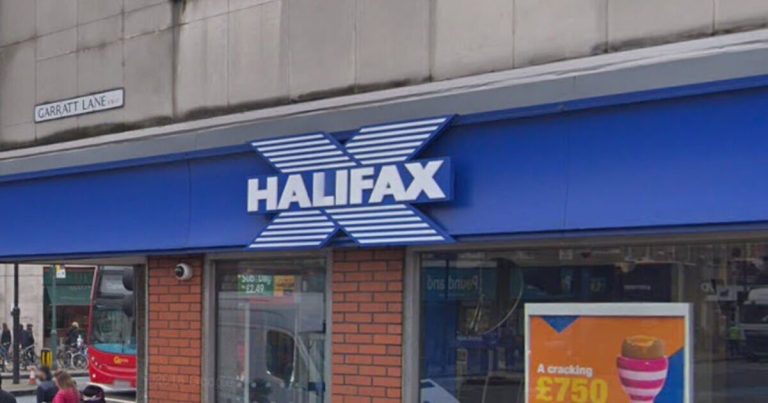
Cash ISAs are facing criticism, with calls for Chancellor Rachel Reeves to encourage savers to invest more. Individual Savings Allowance (ISA) accounts are a unique type of savings account that allow individuals to save money each year tax-free.
For the current tax year, savers can deposit up to £20,000 in their ISA without incurring any tax charges. However, there are various types of ISAs, each serving a different purpose in terms of how the saved money is utilised.
Cash ISAs function like traditional savings accounts, primarily allowing savers to earn interest tax-free. Despite this being an appealing option for savers, recent reports suggest that Rachel Reeves may reduce the tax relief available on Cash ISAs.
The Chancellor recently met with City firms who argued that the £300 billion held in Cash ISAs could yield better results if invested in Stocks and Shares ISAs. The Telegraph reported that she’s considering reducing tax benefits for the scheme.
Compared to Cash ISAs, Stocks and Shares ISAs carry more risk, with a higher chance of investments yielding diminishing returns. However, it’s worth noting that there are numerous other ISAs which could still be attractive alternatives if tax benefits are removed from Cash ISAs….
Cash ISA
Cash ISAs are the most conventional type of savings account available, offering savers the benefit of not having to pay tax on any interest accrued, unlike standard savings accounts. Moreover, any interest earned in a cash ISA does not count towards the £20,000 savings limit each tax year.
There are several types of Cash ISAs that savers can utilise, such as: Easy-access cash ISAs – these allow you to access your saved money whenever you wish without incurring any additional fees. Fixed rate cash ISAs – these may offer a higher savings rate but could impose a penalty if you wish to withdraw your money.
Notice Cash ISAs – these require you to give advance notice if you wish to withdraw your funds. Some savers may also have a Help to Buy ISA, although these are no longer open to new applicants.
These ISAs were designed to assist first-time buyers in purchasing their first property by providing a 25% government bonus up to a maximum of £3,000.
Lifetime ISA
Lifetime ISAs (LISA) are designed to help individuals save for either their first home or retirement. They have a tax year limit of £4,000, which is lower than other ISAs.
Traditionally, there are two types of LISA:.
- Cash LISAs – these are the more conventional savings options that simply involve depositing cash and letting it accumulate interest.
- Stocks & Shares LISAs – this type of account carries more risk as it involves investing your money in the stock market.
One significant downside to LISAs at present is the age restriction; they can only be opened by individuals aged between 18 to 39. Furthermore, the funds can only be withdrawn for purchasing a first home or upon reaching the age of 60 or over.
Any other withdrawals will incur a hefty 25% penalty on the amount taken out.
Junior ISA
Junior ISAs primarily aim to accumulate savings for children. They permit savers to deposit up to £9,000 per annum into the account (this is separate from any additional Cash ISA allowance) each tax year.
The funds deposited into the account can only be accessed by the child once they turn 18, although they can begin managing the account themselves from the age of 16. Similar to LISAs, savers can choose between a cash Junior ISA or a Stocks and Shares ISA.
Stocks & Shares ISA
The primary objective of a Stocks & Shares ISA is to allow the funds deposited into the account to be invested in funds, bonds, and company shares. These are the riskiest types of ISAs available, and savers should carefully consider whether they are comfortable with the typical risks associated with investing.
One of the main benefits of this ISA is that any money invested is exempt from capital gains tax (CGT), a tax on profits made from selling investments. Additionally, they are free from tax on bond interest and dividend income, making it an appealing choice if you’re considering investing.
However, one significant downside is that your savings are not safeguarded against any investment losses, with the worst-case scenario being the loss of all invested funds. .
Innovative Finance ISA
An Innovative Finance ISA permits the company you open it with to utilise your money to lend to borrowers and businesses. In this instance, you’ll earn interest for lending the money, with the provider taking a percentage.
Interest earned from the money you’ve lent will not be taxed, but there’s a risk of losing money if the loans aren’t repaid. Moreover, withdrawing returns could take some time as you may need to wait for other investors to buy out your loan.
Savings in an innovative finance ISA are not automatically protected, although the provider may have some safeguards in place, but this isn’t guaranteed.







